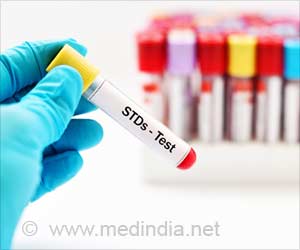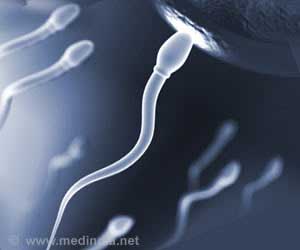According to a new analysis, in 2005, there were an estimated 1 million cases of sexually transmitted diseases among young Californians.
The sun does not seem to be shining brightly on California anymore. According to a new analysis, in 2005, there were an estimated 1 million cases of sexually transmitted diseases among young Californians.
"It is clear we are living in the dark about how common STDs are and how many kids acquire them in a given year," warns epidemiologist Petra Jerman of the Public Health Institute in Oakland, who led the study. It was reported in the California Journal of Health Promotion.This startling number was not out in the open till now mainly because many do not have to be reported to health authorities and those that are supposed to be reported often are not.
Jerman and her team estimated the incidence of STDs using a computer model developed by the U.S. Centers for Disease Control and Prevention. CDC researchers reported in 2004 that 9.1 million new STDs occurred nationwide among 15- to 24-year-olds in the year 2000.
The researchers were able to pinpoint the new number of cases as 1.1 million, in California in that age group, for the year 2005. They discovered that the estimated cost of treating the infections was about $1 billion annually.
The number one infection reported in the study was the human papillomavirus (HPV), at 590,000 cases followed by trichomoniasis with 250,000 cases.
Human papillomavirus is the name of a group of viruses that includes more than 100 different strains or types. More than 30 of these viruses are sexually transmitted, and they can infect the genital area of men and women including the skin of the penis, vulva (area outside the vagina), or anus, and the linings of the vagina, cervix, or rectum. Most people who become infected with HPV will not have any symptoms and will clear the infection on their own.
Advertisement
Trichomoniasis is a vaginal infection caused by a sexually transmitted parasitic organism; Trichomonas vaginalis. This sexually transmitted disease (STD) is found worldwide. In the United States the highest incidence is in women between 16 and 35 years of age. This disease-causing protozoan cannot survive in the mouth or rectum, and therefore must be transmitted through penis-to-vagina intercourse or vulva-to-vulva contact with an infected partner.
Advertisement
ANN /J











